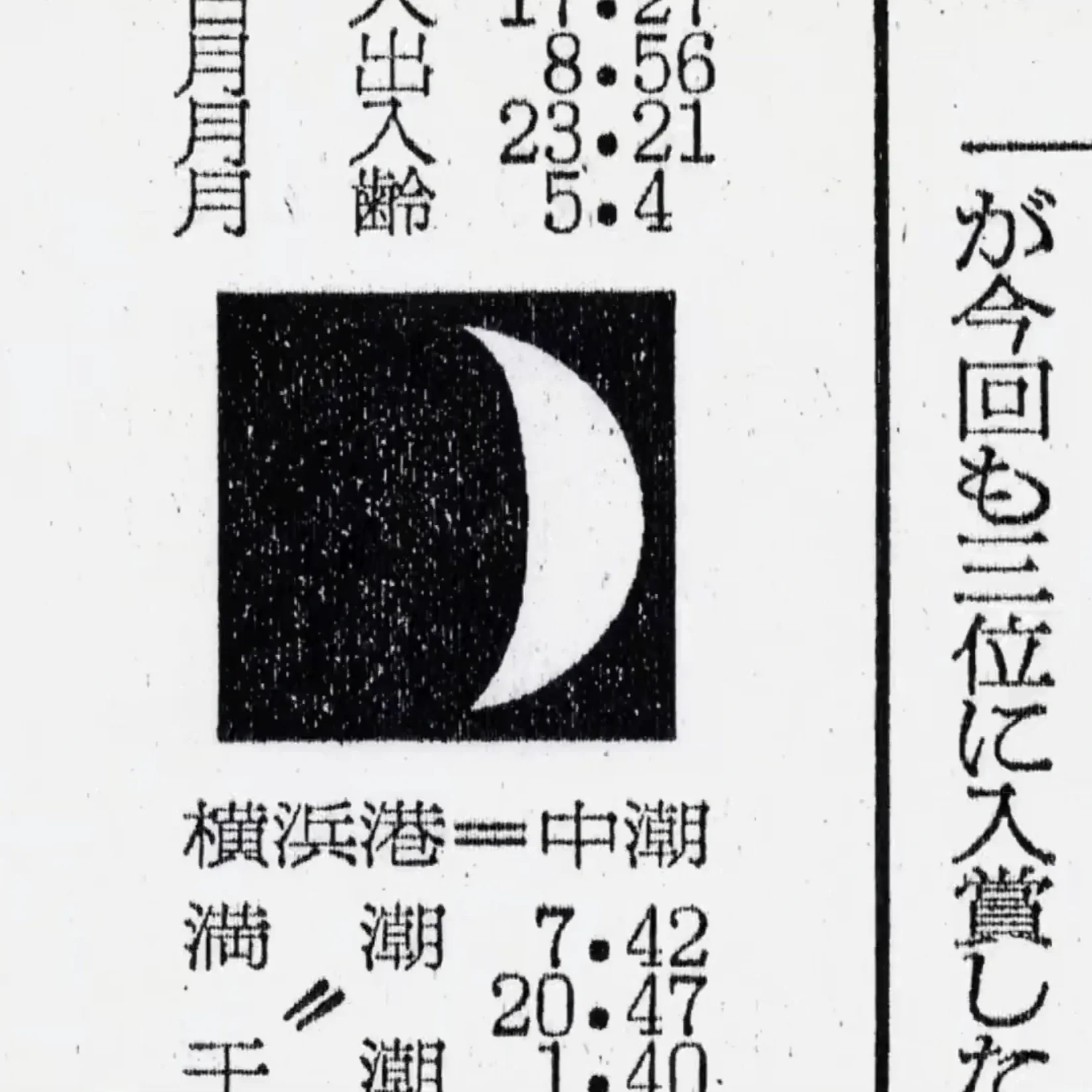How the Tabi Boot Went from an Aristocratic Garment to an Online Gimmick
Margiela tabi fall 1989│by Maison Martin Margiela Archive
Whether painted, splashed, or in classic leather; pristine white, deep black, or ecru; low-top or high-top, the Tabi has had many iterations over the years, each becoming more intriguing over time. Often mocked as hooves or for sporting a low-tech vibe, the tabi nonetheless feels very futuristic. This split-toe shoe has managed to transcend its 15th-century Japanese origins to become a staple in the wardrobes of those who—truly?—appreciate fashion.
The Aristocratic Origins
The tabis first appeared in 15th century Japan, where they were created as a split-toe sock designed for traditional Japanese thonged footwear called zori or geta. It allowed for better grip, stability and more comfort when wearing the sandals.
At that point, these luxurious socks were a sign of belonging, exclusive to the upper echelons of society due to cotton scarcity and the prices of silk. The colors also signaled exclusiveness - purple and gold for the nobility, while commoners were restricted to blue. White tabis, symbolizing purity, were reserved for formal occasions, tea ceremonies, and religious events. They were even, required attire, in traditional Japanese spaces like Noh theaters.
As trade with China opened up, and cotton became widely available, tabis became more accessible to the larger population. Yet, while most people in Japan historically wore tabi, some -like courtesans- did not, as bare feet were considered erotic.
20th Century - Workers, Nikes Athletes and Trendsetters on Equal Footing
The transformation from socks to shoes began in the late 19th century with the introduction of Jika-tabi, which incorporated a thin rubber sole, allowing them to be worn outdoors. This adaptation made them more versatile and suitable for everyday life, including labor-intensive jobs. Even today, some construction workers, Tobi Shokunin, in Japan still wear jika-tabi, albeit with modern safety features like steel toe caps.
Tobi Shokunin wearing jika-tabis│© Brianhe
The year 1951 signals the tabi’s introduction to the world, when Shiguomo Tanaka clinched victory at the Boston Marathon wearing split-toe running shoes. This moment catapulted the tabi into the global spotlight - making it a shoe of choice, even outside of Japan. So much so that Nike couldn't resist the tabi either, dropping the Air Rift in '96 – featuring a split-toe design, designed to improve balance and movement.
Paris in 88; the fashion debut. The Tabi genesis didn't happen in isolation. The late 20th century saw a mix of influences shaping fashion, including the Cold War, space exploration, and philosophical movements like structuralism and minimalism. The space-age aesthetics of Andre Courreges and Pierre Cardin provided inspiration for Maison Margiela, showcasing the possibilities of clothing as a minimalistic, space-y, bizarre, medium of expression.
Inspired by a trip to Japan and driven by a desire to challenge 1980’s fashion standards, Margiela introduced his iconic Tabi boots in his 1988 debut show. Models strutted down the runway, leaving red footprints on a white, immaculate floor.
When starting out, his vision for the Tabi boot was to create an “invisible" shoe that gave the illusion of a barefoot walking on a high, chunky heel. This radical design faced initial resistance, with many shoemakers refusing to produce the model. It was only when an almost-retired Italian craftsman, Mr. Zagato agreed to take on the project, that Martin Margiela's vision became a reality.
Over time, the shoe became a staple, with various alterations being released every season. When he had just started, Margiela took the habit of repainting unsold tabi boots due to budget constraints, whereas now this act reflects rather artistic choices, and the broader brand's ethos of recycling and reinvention. To this day, this is what makes it an iconic shoe: the capacity to reinvent itself while keeping the statement split-toe. Unlike conventional footwear practices, Margiela's approach embodies the paradox: "The more things change, the more they stay the same."
Maison Martin Margiela Tabi Boots from 1989 - 2002│scan by archivepdf
Tabis Online, or Online Tabis
A few months ago, my TikTok feed became inundated with Tabis. Users were sharing their collections, tabi deals, and latest finds. However, at the heart of this Tabi-centric algorithm was one particular anecdote.
A TikTok user named Lex shared a story about how her Tinder date, Joshua, stole her Maison Margiela Tabi Mary Janes, which were a gift from her father. The shoes retail for nearly $1,000. Lex used TikTok to track down the thief, who had apparently given the stolen shoes to his girlfriend. The story went viral, with the cheating boyfriend being dubbed the "Tabi Swiper" on Tiktok.
This viral moment, and the general meme-ification of the Tabis recently, transformed the shoe from an if you know, you know insider item to a full-blown online culture phenomenon. The shoe's ugly-chic design, coupled with the debates within its community of -somewhat snobby- wearers (Mary Janes versus the actual boot, ‘’having Air Rifts does not count as owning Tabis’’, ‘’Tabis have a vulvic shape’’), makes it the perfect subject for memes, and online debates.
Tabi shoe scan by Kaja Cichocka
As the tabi is now in its peak (the Tabi Swiper Tiktok was viewed more than 178 million times and prompted a 342% increase in Google searches), it also raises questions about its hype. Considering the Tabi's centuries-old history and craftsmanship in Japan, one might wonder if Margiela's 1980s reimagination is truly necessary. For those seeking authentic Japanese Tabis, Kyoto-based shoemaker Kikkabo offers a range of traditional options, including made-to-measure pairs.
From aristocratic symbols to Japanese staples, sportswear, and online memes, Tabis continues to challenge our notions of ugly, trendy, and chic, sparking conversations wherever they appear. As Chelsea Fairless, co-host of the Every Outfit podcast, notes, Fashion is cyclical... While Tabis are odd-looking, they're an icon of minimalist fashion, and those sorts of pieces tend to endure in a way that their maximalist counterparts don't.











How Ura-Harajuku planted the seeds for global streetwear culture.